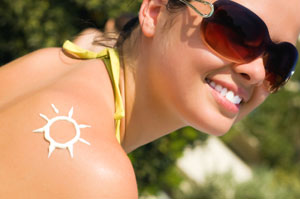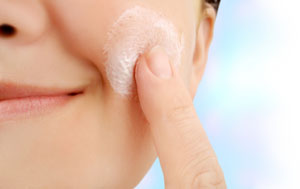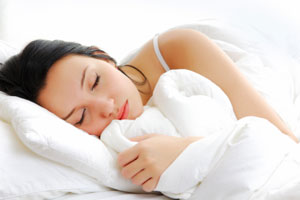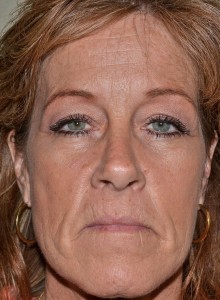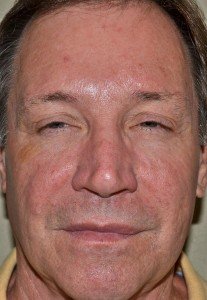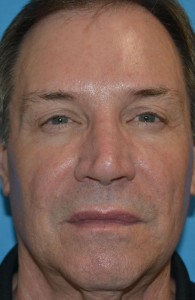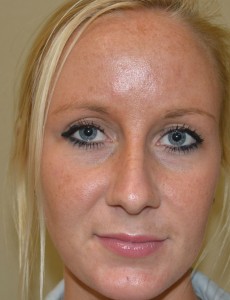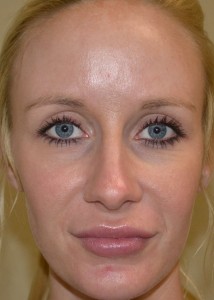Aside from being the largest organ of the human body, skin is also the only organ continually exposed to the surrounding world, interacting with the environment and reflecting the general health condition and age changes.
How Skin Ages
Understanding the mechanisms by which the skin ages has been increasing significantly, along with considerable progress on the way to prevent and reverse the visible signs of aging. However, there are still several mysterious factors concerning aging process and why we all appear to age differently. Aging of the skin is likely caused by both intrinsic (biologic) ‘intrinsic aging’, and extrinsic aging (environmental) factors ‘extrinsic or photoaging‘; these factors are interconnected and may share a final common pathway. The quality of skin features is greatly affected by aging, as skin ages, it tends to become roughened, lax and wrinkled with some pigmentary changes.
The main feature of photodamaged skin is solar elastosis; with accumulation of elastotic material in the dermis. Meanwhile, photoaged skin shows gradual decrease in collagen content. Additionally, collagen becomes disordered with decreased synthesis and enhanced breakdown. These changes contribute to the skin laxity and wrinkling formation.
Skin Rejuvenation
Besides being an art, facial rejuvenation is a developing science. Patients now routinely present to their physician requesting information on improving the signs of facial aging; it is the physician’s responsibility to select the most appropriate intervention(s) based on the patient’s age, physical needs and concerns, extent and location of volume loss and cosmetic goals. Different therapeutic approaches were used throughout the years to give the face a youthful appearance. However, because each person is unique, there is no one modality that is best for everyone. Therefore, to choose the most appropriate therapy, distinctions must be done between rhytides caused by loss of collagen within the dermis, wrinkles due to volumetric loss of fat, redundant folds created by gravitational pull and those caused by hyperfunctional facial muscles.
For ease of patient education, the treatment options for addressing these changes may be simplified into five categories, often referred to as the ‘5 Rs (Redraping, Resurfacing, Retaining, Relaxing and Refilling) of skin rejuvenation: surgically Redraping and lifting redundant tissue; Resurfacing photoaged skin with ablative or non-ablative technologies whether physical, chemical or mechanical; Retaining with skin care; Relaxing dynamic rhytides that are due to hyperfunctional muscles with neurotoxins and Refilling of diminished subcutaneous tissue by restoring 3D volume.
Ablative and Non-Ablative Procedures
Although ablative modalities remain the gold principle for photodamaged skin rejuvenation, its use is associated with risk of side effects as well as a prolonged and an unpleasant post-treatment ‘downtime’ and recovery period. Thus, interest in ablative treatment has waned considerably while non-ablative modalities as well as fractional skin rejuvenation have become appealing alternative treatments.
New perspectives in non-ablative skin rejuvenation treatments have been established with the development of new technologies and techniques, which are used to rejuvenate skin with minimal downtime and complications. Many different terms have been used to describe these procedures including: subsurface resurfacing, laser toning and minimally invasive skin rejuvenation. These modalities are designed to produce many cosmetic benefits, including improvement of wrinkles, skin laxity and texture.
Beside lasers and various in-office procedures, many topical skin care agents were used for prophylaxis as sun screens and for rejuvenation such as retinoic acid and different anti-oxidants including vitamins C and E, co-enzyme Q10 and green tea.
Choosing the appropriate treatment modality which will be the key to success in skin rejuvenation depends on careful evaluation and determining the patient’s needs, skin type and condition, to frame a treatment plan. Good candidates for minimally invasivetechniques tend to have minimal facial sagging. Patients should understand that skin texture will improve and fine lines will be softened but not eradicated. Cumulative aesthetic benefits will occur gradually and will be less dramatic than those seen with ablative resurfacing. Patients with Fitzpatrick skin type III or less are generally best candidates for different procedures with minimal risk of complications.
Goals of Minimally Invasive Treatments
The goal of most minimally invasive treatments is to induce selective dermal injury which results in wound repair response; while keeping the overlying epidermis intact. In response to the induced dermal injury, the healing process begins to stimulate the fibroblast with deposition and reorientation of collagen bundles. Such modalities for skin rejuvenation could be classified into two types, the first relates to treatment of ectatic vessels, pigmentation and pilosebaceous changes, while the second refers to dermal remodeling with wrinkle reduction and/or skin tightening.
Dr. Mark Bishara, whith office in Mansfield and Southlake, TX- provides a wide range of cosmetic procedures to help patients look and feel their best. These procedures are designed to improve the appearance of the face and body through minimally invasive techniques that provide highly effective results. Many of these procedures can be combined in order to achieve your desired appearance. All of our procedures are performed using the most advanced, state-of-the-art equipment.
At our office we offer many treatments that are ablative as well as non-ablative. Our Pragon Med Spa offers many laser services- skin tightening, skin resurfacing, as well as peels and microdermarbrasion. Our office also offers Botox, Juvederm and Radiesse. The new Juvederm Voluma XC will be coming soon. Please call our office for more information at (817) 473-2120.

